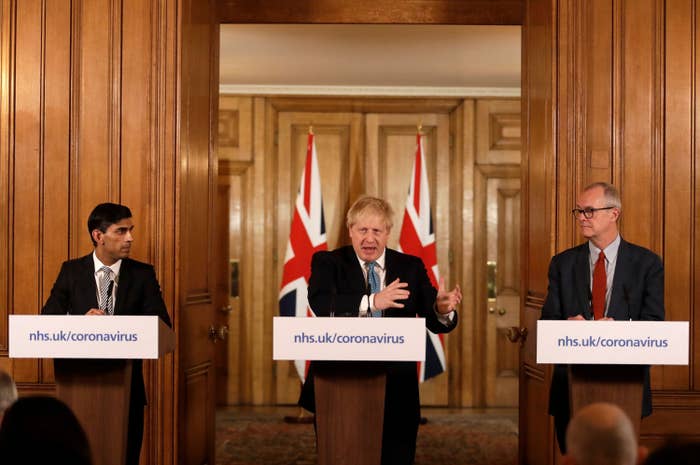
BuzzFeed News has reporters across five continents bringing you trustworthy stories about the impact of the coronavirus. To help keep this news free, become a member and sign up for our newsletter, Outbreak Today.
The government's messaging during the coronavirus pandemic has not always been clear. This isn't surprising. The question of how to handle a pandemic is hugely complex — the scientific evidence supporting the political answers evolves throughout, and different experts are entitled to different views at different times. On top of that, the government's strategy was designed to evolve from the outset.
These are the reasons for many — but not all — of the wrinkles, deviations, and contradictions we saw throughout the fraught period as coronavirus hit the UK.
Much of the evidence to the government has been made public, and it means we have a level of insight into where the government's words and decisions, and the advice from the experts, come together — and diverge.
These timelines explore five of the biggest issues: mass events, social distancing, school closures, isolation, and testing.
Mass Events

11 Feb: Clear advice on mass gatherings is published in a paper from the Scientific Pandemic Influenza Group on Modelling (SPI-M-O): “The direct impact of stopping large public gatherings on the population-level spread of the epidemic is low, because they make up only a small proportion of an attendee’s contacts with other people.”
The group says stopping large events could in fact make the pandemic worse, since it could cause displacement to pubs or other confined places — or it could limit the pandemic by changing people's behaviour "in other ways" that can't be quantified.
27 Feb: As fears of a pandemic begin to mount, chief medical officer Chris Whitty tells the media the government could shut down mass gatherings. Two days later the health minister Ed Argar says such decisions will be taken on the basis of scientific evidence.
4 March: The scientific advice still says that stopping large events — on its own — would have no effect on containing an outbreak. However, it says it’s likely the public would comply, and that it’s one of the easiest measures to add to the government’s strategy, behind isolating the vulnerable and infected.
10 March: The Cheltenham horse racing festival goes ahead.
11 March: Liverpool FC play Atletico Madrid at home. Thousands of Spanish fans (unable to watch their team at home due to lockdown laws) visit, despite an outbreak of the coronavirus in the Spanish capital.
In a video posted on Boris Johnson’s Twitter account, deputy chief medical officer Jenny Harries says “expert modellers” have found large events are not seen as “something that will have a big effect”.
12 March: Boris Johnson bats away a question about Scotland banning gatherings of 500 people or more at his press conference: “There is very little medical reason at the moment… But, in Scotland, they do have particular issues with the resilience of their public services. We will want to be keeping that issue under review across the UK as well.”
The government's chief scientific adviser, Patrick Vallance, tells the Today programme other countries have chosen to implement “eye-catching” measures around mass gatherings to try to reassure the public, rather than for scientific reasons.

In a paper on social gatherings, the Scientific Pandemic Influenza Group on Behaviours (SPI-B) reiterates a point it first made on 4 March. It says it has: “divergent opinions on the impact of not applying widescale social isolation at the same time as recommending [protective] isolation to at-risk groups".
It adds: "One view is that explaining that healthy members of the community are building some immunity will make this acceptable.”
These lines may well explain why senior government figures would go on to emphasise the concept of herd immunity — previously little discussed — in media interviews and briefings a day later, only to be contradicted by the health minister Matt Hancock.
The behavioral group also notes that large events have been banned in other European countries by this point, and repeats: “if a decision to prevent or discourage public gatherings is made, it will be important to clearly communicate the legitimacy of / reasoning for this intervention”.
13 March: The Cheltenham Festival, attended by 250,000 racegoers, concludes.
That evening Number 10 announces mass events will be banned the following week. Scores of events have been cancelled unilaterally by this point.
20 April: The deputy chief scientific adviser, Angela McLean, says at the daily coronavirus press conference at Downing Street that linking the Atletico match to an outbreak of coronavirus in the city of Liverpool is an “interesting hypothesis”.
5 May: Harries is asked by a parliamentary select committee about the decision to allow Atletico/Liverpool to go ahead, and says it was not taken by scientists.
Social Distancing
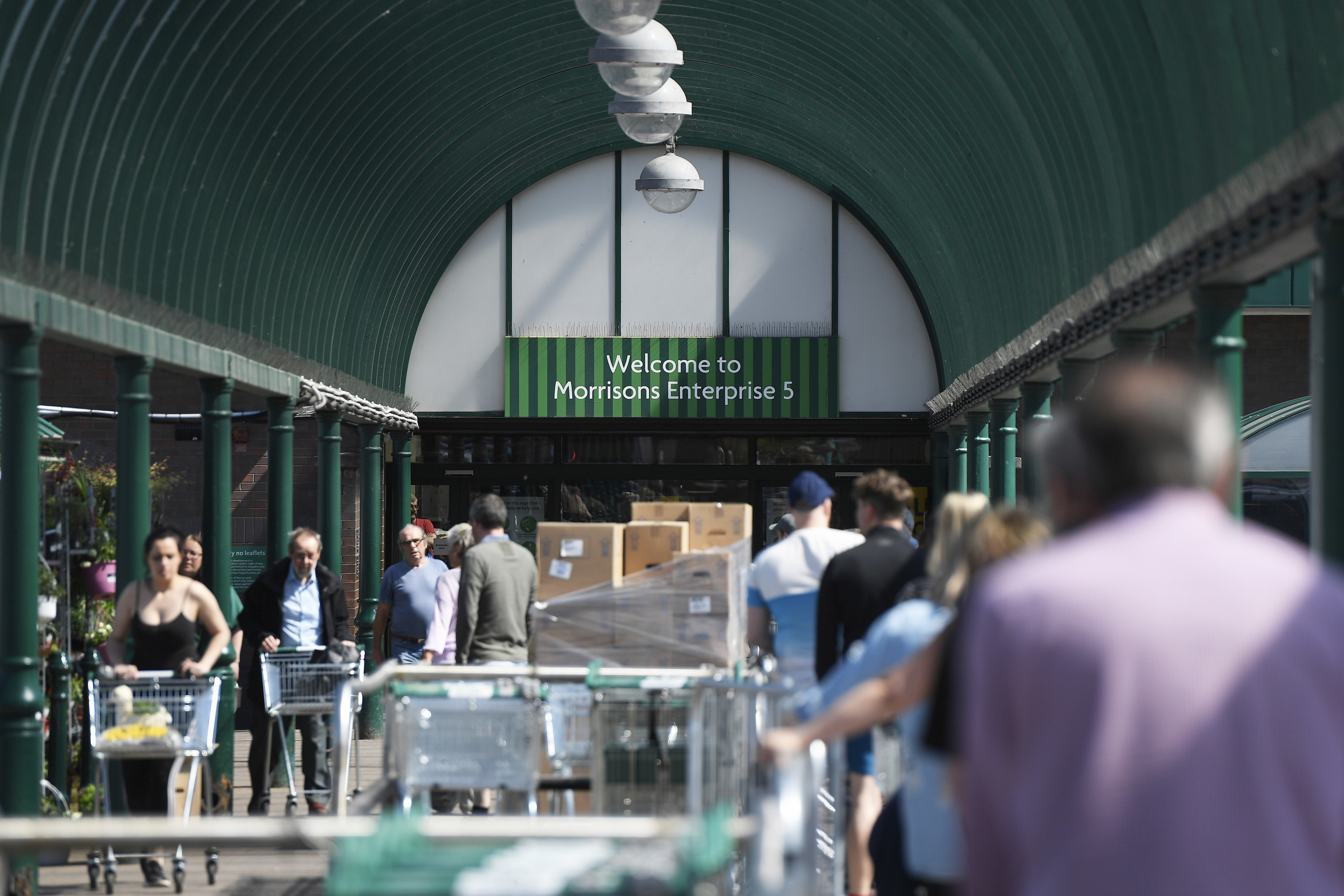
26 Feb: Sage says that stopping all activities outside the household except school and work will delay the peak of a coronavirus outbreak by three to five weeks and reduce it by 50%–60%. On the flip side, it cites behavioural science concerns, e.g. frustration for those who can’t enact social distancing in their work, and absenteeism in schools.
3 March: The behavioural group writes: “There was agreement that Government should advise against greetings such as shaking hands and hugging, given existing evidence about the importance of hand hygiene.”
The same day, Boris Johnson tells a press conference: “I was at a hospital the other night where I think there were a few coronavirus patients and I shook hands with everybody, you will be pleased to know, and I continue to shake hands.”
He continues to be seen shaking hands with people two days later. A spokesperson later says Johnson would not have seen the advice at the time.
4 March: Concern about those who can’t enact social distancing in their work is repeated by the scientists, though they also assume most people will comply. They also say enacting social distancing could potentially decrease the number of deaths by around 20%–25%, and substantially reduce the peak of the infection.
They say: "combining stringent social distancing measures, school closures and quarantining cases, as a long-term policy, may have a similar impact to that seen in Hong Kong or Singapore, but this could result in a large second epidemic wave once the measures were lifted".
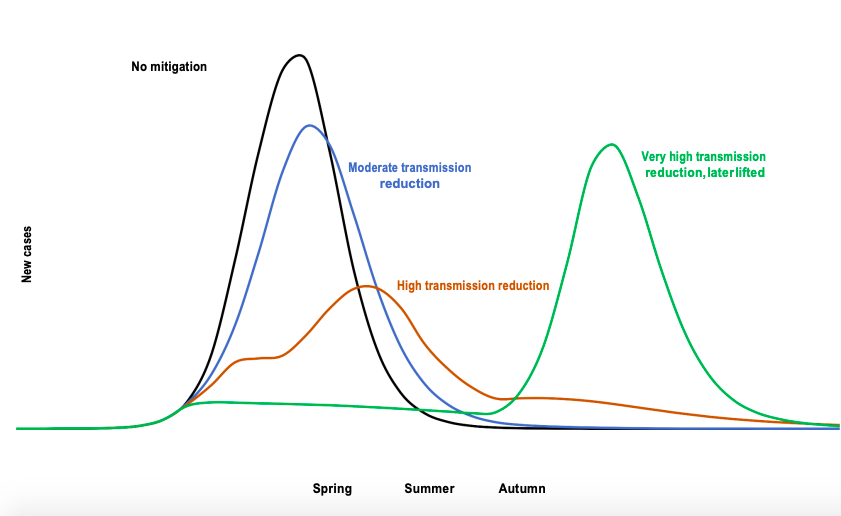
12 March: In a slightly testy note, the behavioural group says it is concerned “our comments about the difficulty of maintaining behaviours should not be used as a reason [by government] for not communicating with the public about the efficacy of the behaviours". They cite modelling reports that show social distancing reduces risk.
“Trust will be lost in sections of the public if measures witnessed in other countries are not adopted in the UK… not pursuing such routes needs to be well explained,” they add.
13 March: Patrick Vallance tells the BBC the “aim is to try and reduce the peak, broaden the peak, not to suppress it completely”. Most people will get the virus mildly, and this would build up “herd immunity” which, in time, would stop the disease’s progress.
14 March: After two days in which figures in senior government have expressed the importance of herd immunity, health secretary Matt Hancock writes in the Telegraph that it is a scientific concept, not a part of the UK's strategy.
16 March: A bombshell Imperial College report shows critical care capacity is set to be overwhelmed.
The modelling group says that social distancing — if it is used in conjunction with school closures, case isolation, household isolation, and social distancing of vulnerable groups — will be likely to control the epidemic. All these measures will need to be in place for most of a year.
That evening, Johnson tells the public to avoid all unnecessary contact and travel, and to stay away from pubs and theatres.
17 March: Johnson is asked at a press conference to respond to his father Stanley’s comments in a television interview, in which he said he will continue to visit pubs. He says it is “unlikely” that curfews and criminal sanctions could be introduced in the near future to enforce the rules.
20 March: Pubs and restaurants are ordered to shut.
22 March: Johnson threatens stricter measures if social distancing rules are flouted.
Sage publishes a paper listing options for increasing adherence to social distancing measures. It suggests a tightening of language and goes on to say: "The perceived level of personal threat needs to be increased among those who are complacent, using hard-hitting emotional messaging. To be effective this must also empower people by making clear the actions they can take to reduce the threat."
23 March: A UK-wide lockdown is announced. It will be backed by police powers.
School Closures
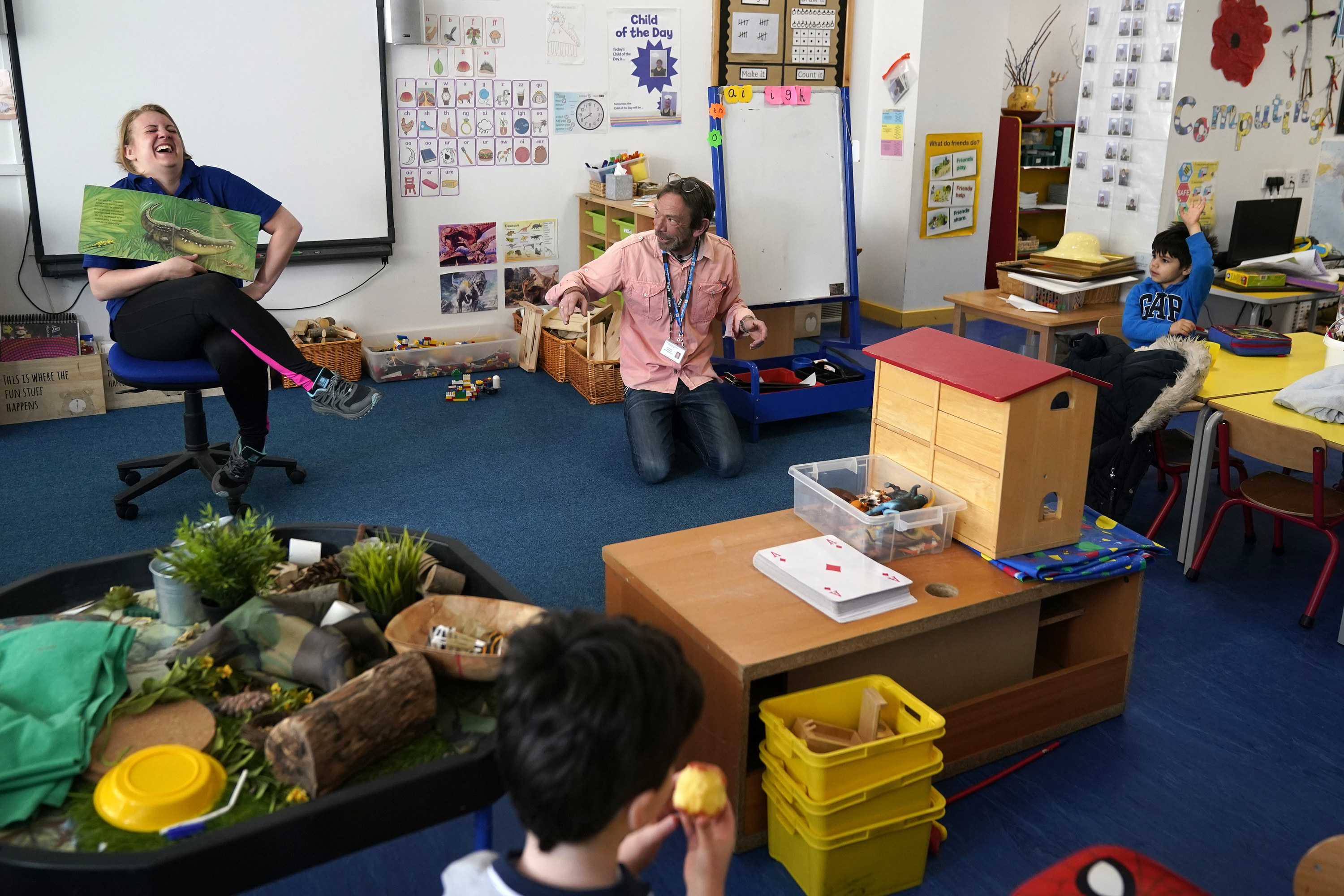
4 February: The modelling group says: “Population-wide reduction in contact rates, for example through the mass closure of schools, will impact transmission regardless of the importance of asymptomatic transmission but the potential effectiveness of such measures is unclear.”
19 February: The same group says the impact of closing schools on coronavirus would be less than it would be for a flu outbreak, would have a modest effect on “delaying the peak of the UK epidemic”, and that “any impact from school closures on the total number of cases is likely to be highly limited”.
The scientists also flag possible downsides to the strategy: “As infections appear to be more severe in older people, putting children in the care of their grandparents may result in a higher number of severe cases. They add: “Once schools are reopened, the number of cases may increase again, with the overall attack rate not being reduced.”
26 February: The scientists reiterate that school closures are unlikely to contain an outbreak, but could reduce the peak, if enacted early enough. Again, they cite downsides: the impact on those from lower socioeconomic groups, and the necessity for clear messaging to stop children mixing.
27 February: Chris Whitty warns schools could have to be closed for “two months” in the event of a pandemic. Two days later the health minister Ed Argar clarifies his remarks, saying there is no need at present.
4 March: More behavioural concerns are raised about the impact on those from lower socioeconomic backgrounds, and the need for clear messaging.
Meanwhile, the behavioural group raises more concerns in a separate document: “Our understanding of reports from Japan is that there is growing discontent around the policy. Isolation of entire households also poses a substantial, and unequal, burden on those affected.” The scientists also point out that if the over-65s are isolated and schools closed, parents could not work.
12 March: Boris Johnson says the UK will not currently close schools, but that "this may change as the disease spreads". The hashtag #closetheschools trends on Twitter, and 350,000 people sign a petition asking the government to do so.
13 March: Patrick Vallance defends the decision not to close schools on the BBC, saying the government has to focus on the measures that will have the biggest immediate impact.
16 March: After the Imperial College report, school closures are added to a list of measures that — when enacted together — the modelling group believes could stop critical care capacity from being overwhelmed.
18 March: The government announces the closure of all schools until further notice.
Isolation, Quarantine, And Shielding The Vulnerable

26 February: The scientific advice says that isolating suspected cases, and quarantining households who have been in contact with suspected cases for 13 weeks, could delay the peak of an outbreak and could both reduce it by around 25%. However, there are behavioural concerns — the impact on those with low incomes, and variable compliance rates, among others.
March 4: Similar concerns are raised by the scientists about the need for targeted support for the poorest in society, the risk of stigma, and the need for clear guidance and supplies. However, the behavioural scientists say that isolating symptomatic individuals and the at-risk is the prevention measure “most likely to be socially acceptable”.
March 9: The scientists say social distancing for the elderly, combined with whole household isolation, and home isolation of symptomatic cases, could reduce deaths by up to 50%.
At the first televised press conference that day, Boris Johnson says people with symptoms as minor as coughs and colds could be asked to self-isolate within the next two weeks.
11 March: David Halpern, a Sage member, tells the BBC vulnerable people must be shielded, and stresses it needs to happen while herd immunity can be built up in the rest of the population.
12 March: The government moves from "contain" to delay". Updated advice asks the public to “stay away from vulnerable individuals such as the elderly and those with underlying health conditions as much as possible.” It also says that anyone with a continuous cough or a high temperature should stay at home for seven days.
15 March: Health secretary Matt Hancock says the elderly could be quarantined for a period of up to four months.
16 March: The modelling group says: “It was agreed that a combination of case isolation, household isolation and social distancing of vulnerable groups is very unlikely to prevent critical care facilities being overwhelmed.”
Not only are all three now advised — but general social distancing and school closures will have to be added to the mix to stop critical care meltdown.
The government publishes advice on shielding the vulnerable and on social distancing. It says if one person in a household shows symptoms, there should be 14 days of self-isolation for the rest of the household.
20 March: The modelling group's view is even more concerning: "the doubling
time of cases accruing in ICU is short, ranging from 3 to 5 days... It is very likely that we will see ICU capacity in London breached by the end of the month,
even if additional measures are put in place today."
23 March: Full lockdown is announced by Boris Johnson. People are only allowed to leave their homes for one of four reasons: for work, essential shopping, medical reasons, or exercise.
Testing and Tracing
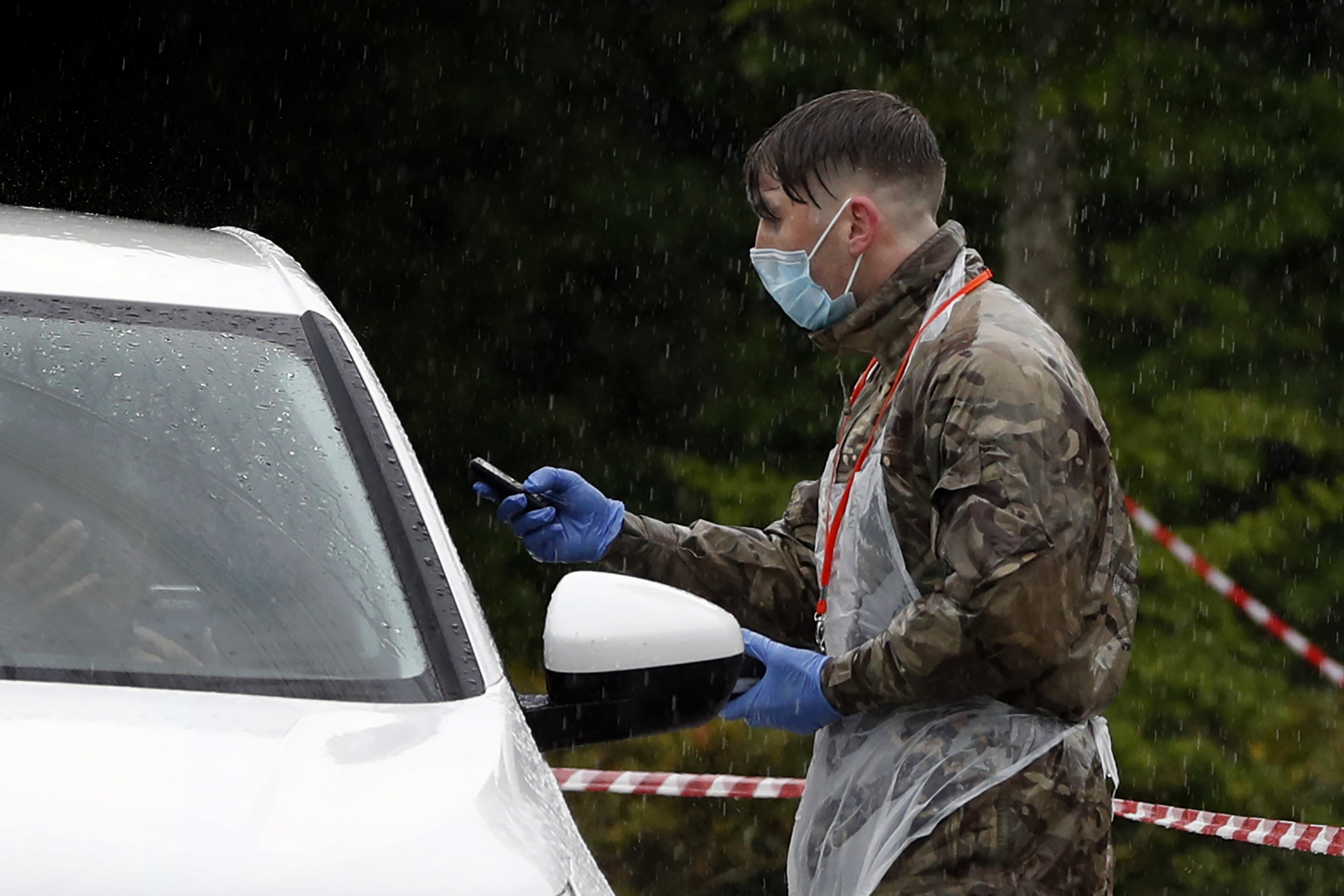
4 Feb: The modelling group says it is “unclear whether outbreaks can be contained by isolation and contract tracing. If a high proportion of asymptomatic cases are infectious, then containment is unlikely via these policies.”
17 Feb: A non-peer-reviewed paper later published on the Sage website describes “contact tracing as “a central public health response to infectious disease outbreaks, especially in the early stages of an outbreak when specific treatments are limited”.
26 Feb: Matt Hancock tells MPs the government is testing a “very large number” of people who have travelled back from countries with coronavirus.
3 March: The government's coronavirus action plan is launched. We are now in the "contain" phase: "detect early cases, follow up close contacts, and prevent the disease taking hold in this country for as long as is reasonably possible".
5 March: Jenny Harries tells the health select committee: “we have a test that Public Health England developed very early on in the outbreak for symptomatic individuals at that time...we can do 2,000 tests a day, and I think that by 13 March, it is going to be up to 3,200 with new labs coming on board”.
9 March: Public Health England says the NHS will be brought in to ease the strain on its laboratories by helping to test samples from those displaying symptoms, doubling the number of tests that can be carried out each day from 2,000 to 4,000.
11 March: Hancock is pressed by MPs about the testing regime. An SNP MP asks “for quicker and wider testing so that milder cases are diagnosed quickly, isolated and the spread reduced”. He says “We are absolutely ramping up the testing capabilities.”
12 March: The UK moves from the “contain” to the “delay” phase of its coronavirus plan. Health workers will no longer test people in their homes, but will continue to test people already in hospitals.
16 March: Whitty says the government is scaling up testing. The UK has carried out about 44,000 tests, South Korea has tested more than 248,647.
17 March: Vallance is asked by a select committee about South Korea’s testing and tracing strategy. “I think that would have been an absolutely brilliant thing to have had in January,” he says. “At the beginning, that sort of approach makes total sense.”
He says: “Public Health England has a capacity of about 4,000 or so [tests] per day. That is clearly not going to be enough going forward."
He adds the priorities are “are patients in hospital in intensive care units; those with respiratory illnesses in hospital, pneumonias in particular; isolated cluster outbreaks, to make sure that we can understand what is happening there; and GP surveillance systems to try to get a handle on what is going on in the community”.
Asked about the decision to stop community testing, he says “that is what we had to do with the capacity we have. We need to use the testing in the right place at the moment. We simply do not have mass testing available for the population now”.
18 March: Boris Johnson announces a plan to carry out 25,000 tests a day. The next day he says daily testing will go “from 5,000 a day, to 10,000 to 25,000 and then up at 250,000”.
24 March: The government announces it has bought 3.5 million antibody tests.
25 March: Professor Sharon Peacock, the director of the national infection service at Public Health England, tells MPs on the science and technology committee that mass testing in the UK will be possible “within days”.
Her prediction is dampened by Chris Whitty at the government press conference hours later. “If they are incredibly accurate, we will work out the quickest way to release them. If they are not accurate, we will not release any of them.” Whitty adds that the delay in testing is due to a shortage of chemicals.
26 March: Deputy chief medical officer Jenny Harries rejects World Health advice to “test, test, test”, She says contact tracing and testing is still going on in “high-risk” establishments such as prisons and care homes, but, suggesting the WHO advice is aimed at less economically advanced countries, it is “not an appropriate mechanism as we go forward”.
Yvonne Doyle, director of health protection for Public Health England, tells the health select committee the “ship had sailed” on contact tracing by mid-March: “it became clear to us that there were what I call dead ends of contacts where you had a case, you tried to find the contact, and it just was not possible, because that gave us the indication that there was sustained community transmission”.
She says the situation was different in South Korea — there were “clusters of cases where the initial transmission was well understood, because they were in particular communities and actually it was quite regional“.
“They were using people’s personal details, including their bank accounts, and people were willing to convey that information in order to contact trace. It was quite personal information. We have looked at that, and SAGE looked at it and felt that it was not appropriate here," she says.
She describes a plan “for 1 million tests, which people can do themselves...they will be able to take a blood test, send it back in the post and get it analysed. That is an antibody test that tells you whether you have had the condition.”
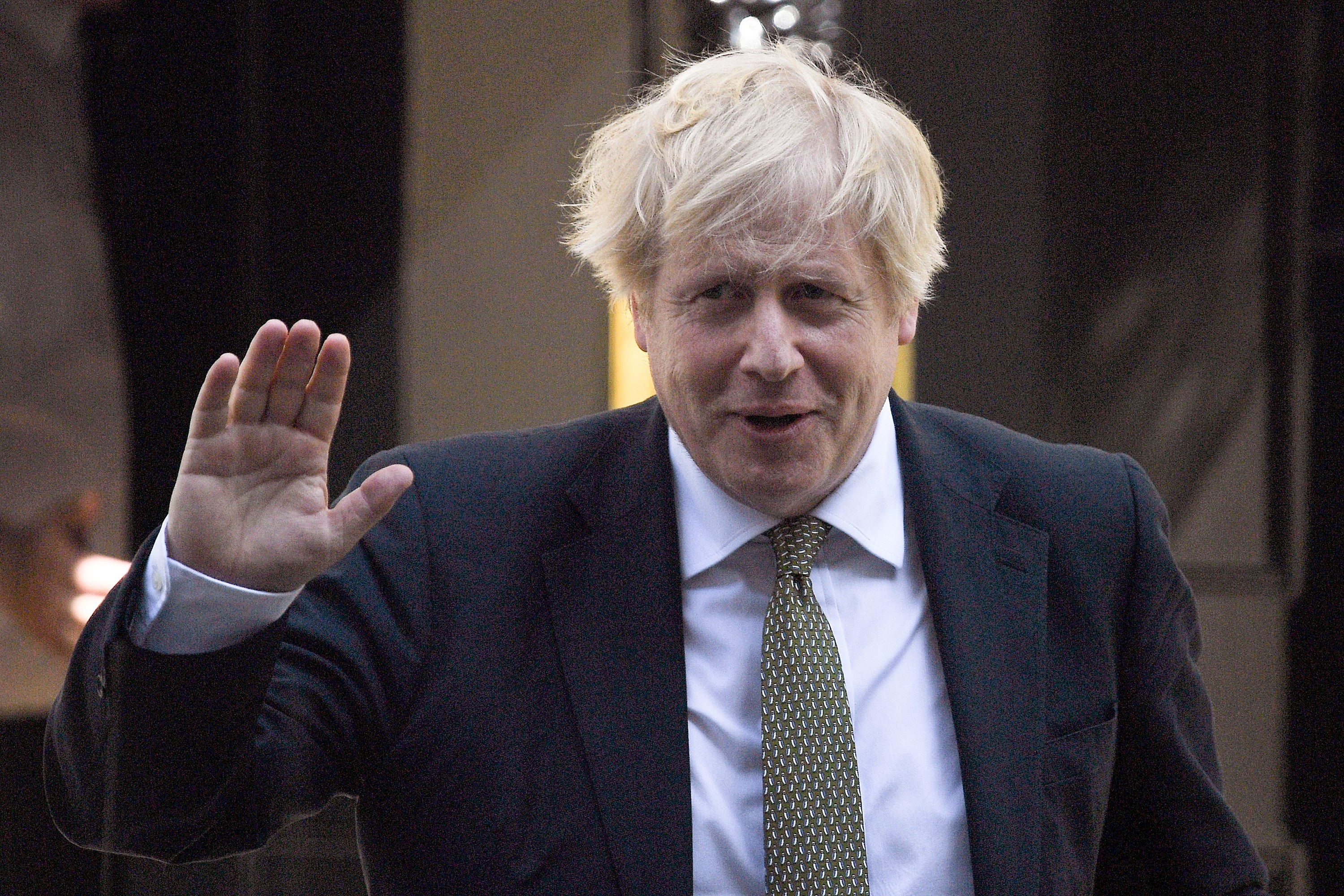
1 April: Boris Johnson posts a video on Twitter saying that testing will “unlock” the Coronavirus “puzzle”.
2 April: Hancock sets a target of 100,000 tests a day by the end of April – including both antibody tests, subject to them working — he says they have been “poor” so far.
6 April: The government admits none of the 17.5 million antibody tests it has bought work.
7 April: Chris Whitty tells reporters the government is learning lessons from Germany on testing for COVID-19. "Germany got ahead in terms of its ability to do testing for the virus and there's a lot to learn from that," Whitty says.
13 April: Sage papers reveal concerns over antibody tests, with people falsely thinking they had immunity returning to work, and stopping washing their hands and self-isolating when ill, along with concerns about stigma, system gaming, and discrimination for those without the antibody.
17 April: Professor Anthony Costello of UCL tells the health select committee: “In reality, I am not sure that we need 100,000 tests per day if we can get the epidemic damped down. More important is to have the systems in place.” He says he does not agree with Doyle’s view that intensive contact tracing was not effective when there was community transmission — only “in hotspot areas and areas of intense transmission”.
1 May: After rising pressure throughout all of April, Hancock says the government has hit its 100,000 tests a day target — though questions are soon raised over how this number was counted. By May 3, the number has dipped below 80,000.
5 May: Patrick Vallance tells the health select committee that it would have been "beneficial" to have ramped up coronavirus testing quicker. Jenny Harries tells the committee better testing may not have reduced the UK death toll, but also that things "could have been done differently" with more testing.
7 May: Science committee chair Greg Clarke says it's "concerning" that Public Health England is withholding evidence used in the decision not to follow the South Korean testing model.

